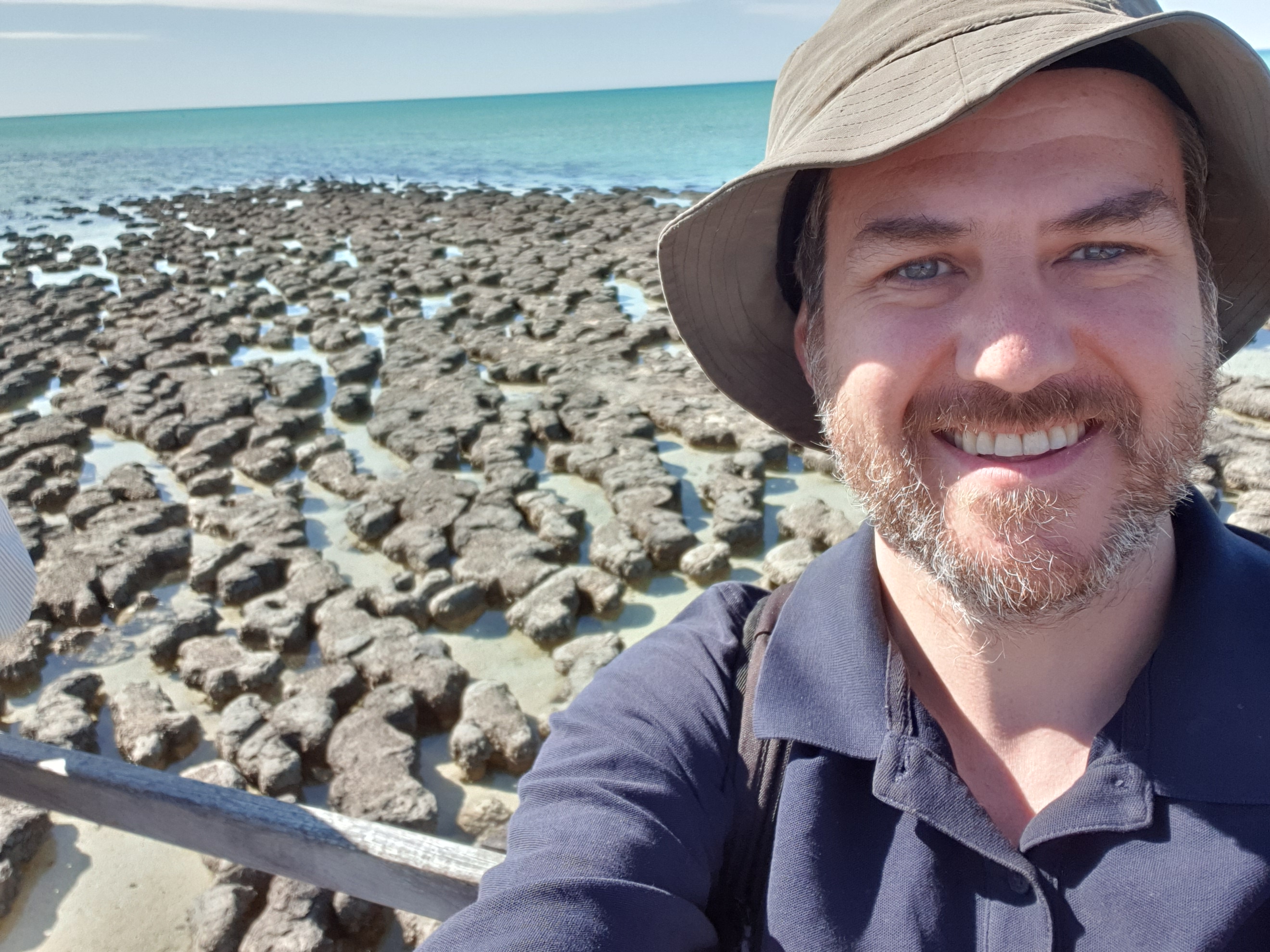
Professor Andy Biggin
Professor of Geomagnetism Earth, Ocean and Ecological Sciences
- Work email A.Biggin@liverpool.ac.uk
- Personal WebsiteOur public outreach and news website
- About
- Research
- Publications
- Teaching
- Professional Activities
Research
Long term geomagnetic evolution and links with Earth history

Palaeomagnetic records may be unique in the Earth sciences in giving us direct observational evidence regarding deep internal processes occurring back into deep geological time. The Earth's magnetic field exhibits clear variations on timescales of millions and even billions of years that signify changing conditions in the planet's core and mantle. I am interested to try and explain these variations in terms of mantle dynamics and core evolution. My group is developing palaeomagnetism as a tool for telling us, not only about fluid flow in the outer core, but also about mantle convection from the bottom-up through documenting and interpreting its influence on the geodynamo.
Variations in the Earth's magnetic field through the Holocene
The geomagnetic field's strength and morphology has varied considerably even on the timescales of human history. The field is presently weakening at a rate of a few percent per century leaving our technology increasingly vulnerable to harsh space weather events. Studies of recent variations can tell us about the dynamics of the geodynamo processes operating the Earth's core and additionally warn us about how the field may change in the near future. I am particularly interested in studying very strong fluctuations in the strength of the field that are increasingly evident in archaeomagnetic records from the last few thousands of years.
The Earth's earliest magnetic field
Some of the oldest rocks on Earth retain a palaeomagnetic signal that can be demonstrated to be as old as they are. The Earth was a very different place 3.5 billion years ago, when the rocks we are working with from the Barberton Greenstone Belt in southern Africa acquired their magnetisations. We know very little but the mantle was much hotter and the core was probably still entirely liquid. Palaeomagnetic studies of these rock provide a unique opportunity to constrain conditions deep in Earth's interior in the Archaean Aeon and thereby to document our planet's evolution.
Research Group Membership
Research Grants
Palaeomagnetic field behaviour in the Palaeozoic and the hunt for inner core birth
NATURAL ENVIRONMENT RESEARCH COUNCIL
May 2023 - April 2026
DEEP down under: The potential for UK-Australian Palaeomagnetism to contribute to a new paradigm in deep Earth studies
NATURAL ENVIRONMENT RESEARCH COUNCIL
October 2018 - December 2019
Determining Earth Evolution from Palaeomagnetism
LEVERHULME TRUST (UK)
August 2017 - March 2024
How strong and variable was the Earth’s magnetic field in the Palaeozoic?
ROYAL SOCIETY (CHARITABLE)
September 2015 - August 2017
Phanerozoic palaeomagnetic variations and their implications for the Earth's deep interior
NATURAL ENVIRONMENT RESEARCH COUNCIL
December 2016 - September 2021
Stochastic optimisation of absolute geomagnetic palaeointensity determinations
NATURAL ENVIRONMENT RESEARCH COUNCIL
January 2009 - May 2014
Characterising the fluid dynamics of magma-filled fractures: Constraints from analogue experiments and palaeomagnetism
ROYAL SOCIETY
April 2014 - April 2015
Very long timescale variations in the palaeomagnetic record and the evolution of the Earth's deep interior
NATURAL ENVIRONMENT RESEARCH COUNCIL
December 2010 - June 2014
Was the Earth's magnetic field weak in the Late Devonian?
ROYAL SOCIETY (CHARITABLE)
March 2014 - June 2014
2G Model 755 Superconducting Rock Magnetometer with in-line AF demagnetiser
NATURAL ENVIRONMENT RESEARCH COUNCIL
December 2013 - June 2016